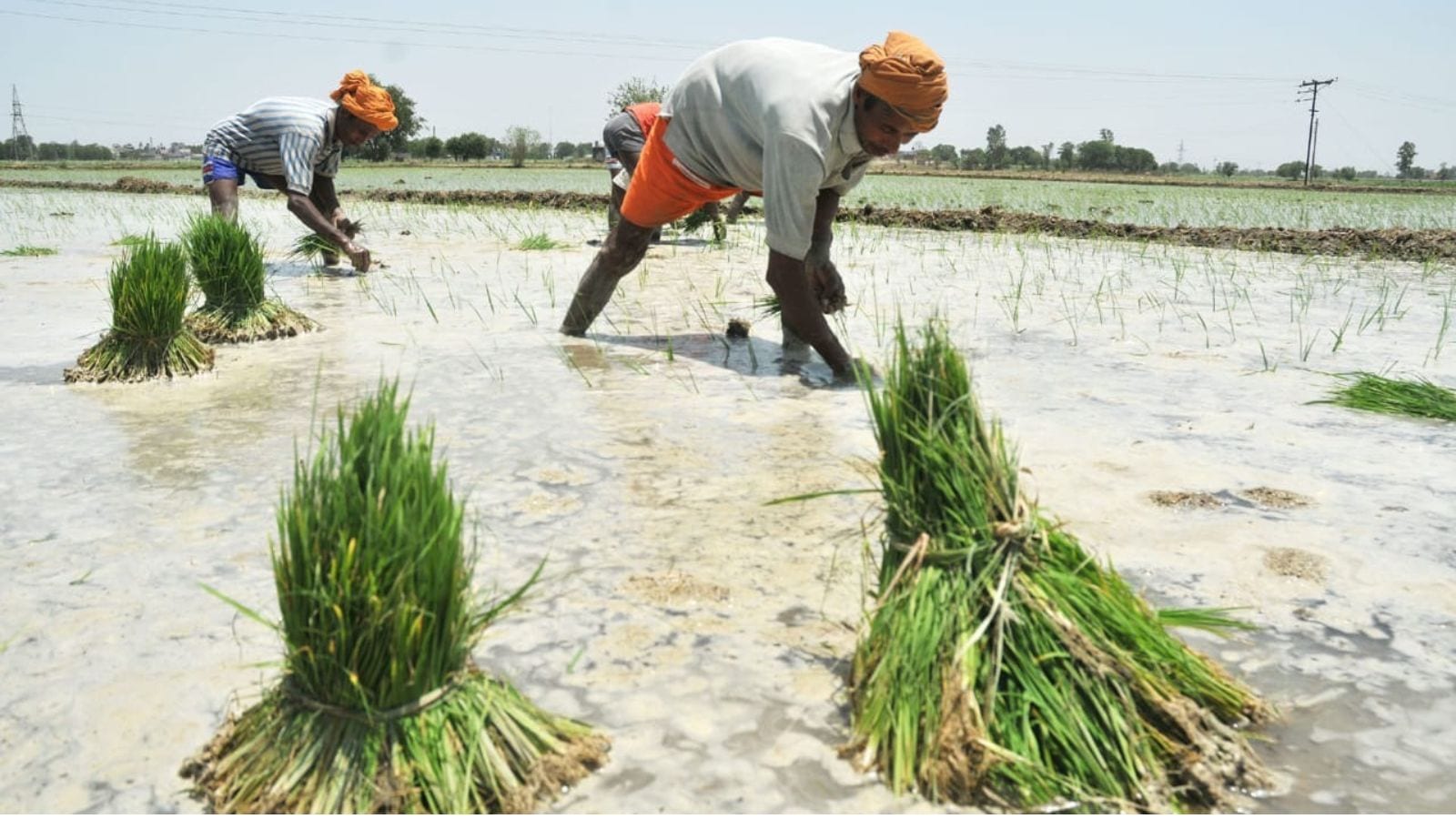Seasonal factors drove up India’s unemployment rate to 5.6 per cent in May from 5.1 per cent in April for persons aged 15 years and above, according to the statistics ministry’s second-ever monthly Periodic Labour Force Survey (PLFS) report, released on Monday. The increase in the unemployment rate was larger for females, for whom the ratio rose by 80 basis points (bps) from April to 5.8 per cent in May. For males, the unemployment rate increased to 5.6 per cent from 5.2 per cent.
May saw a larger increase in the unemployment rate in rural areas to 5.1 per cent, up from 4.5 per cent in April, while the corresponding increase for urban India was 40 bps. However, the unemployment rate was higher in urban areas at 6.9 per cent.
The monthly jobs data is based on the Current Weekly Status (CWS) approach. Under this approach, the activity status of a person is measured for the seven days preceding the date of survey.
‘Changes expected’
The Ministry of Statistics and Programme Implementation (MoSPI) cautioned that a rise in the unemployment rate in May did not necessarily reflect “secular trends” as changes were to be expected in the monthly data on account of increased frequency of the survey and seasonal, academic, and labour market factors.
While the Unemployment Rate (UR) rose in May, the Labour Force Participation Rate (LFPR) fell to 54.8 per cent from 55.6 per cent the previous month at the all-India level for those aged 15 years and above. The LFPR for males declined by 50 bps to 77.2 per cent, while that for females fell by 100 bps to 33.2 per cent.
The Worker Population Ratio (WPR), meanwhile, fell to 51.7 per cent from 52.8 per cent in April for persons aged 15 years and above.
While the LFPR is the fraction of the population that is seeking or available for work, the WPR is the percentage of employed persons in the population.
Story continues below this ad
“The decline in LFPR and WPR and the rise in UR were driven largely by seasonal agricultural patterns, higher summer temperature experienced in May in some parts of the country due to which physical outdoor work gets limited and movement of some unpaid helpers to domestic chores, especially in the higher income (top 3 decile) rural households,” MoSPI said in a statement.
 Unemployment on the rise
Unemployment on the rise
In rural areas, the LFPR fell by 110 bps to 56.9 per cent, with the decline in urban areas being smaller at 30 bps to 50.4 per cent, the data showed. The rural WPR declined similarly by 130 bps to 54.1 per cent in May for persons aged 15 years and above, while the urban WPR was down 50 bps at 46.9 per cent. The statistics ministry said the reduction in agricultural activities with the end of the rabi harvest season in the rural areas “may have brought about the downward shift in number of workers”, adding that employment in rural areas shifted away from agriculture (from 45.9 per cent in April to 43.5 per cent in May) to secondary and services sectors.
Youth, female ratios
Within the overall data, the segment to see the biggest increase in unemployment in May were young women in rural areas.
In May, the unemployment rate for rural females in the 15-29 age bracket rose to 13 per cent from 10.7 per cent in April, with the corresponding increase for their urban counterparts being 70 bps to 24.4 per cent.
Story continues below this ad
For young males, the rise in unemployment was significantly smaller: from 13 per cent in April to 14 per cent in May in rural areas and from 15 per cent in April to 15.8 per cent in May in urban areas. On the whole, the unemployment rate for all persons aged 15-29 years rose 120 bps in May to 15.0 per cent at the all-India level.
A total of 3.8 lakh persons were surveyed in May, roughly the same as in April. As part of the revamped survey design for the PLFS adopted in January, a rotational panel sampling design is being used. As part of this design, each selected household is visited four times in four consecutive months. This ensures that three-fourths of first-stage sampling units, or FSUs, are matched between two consecutive months.


